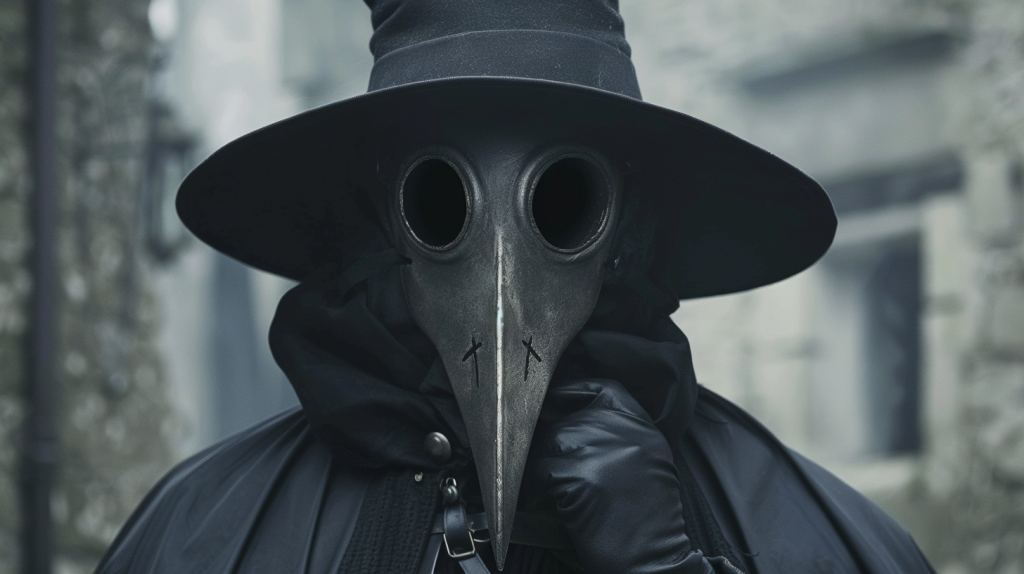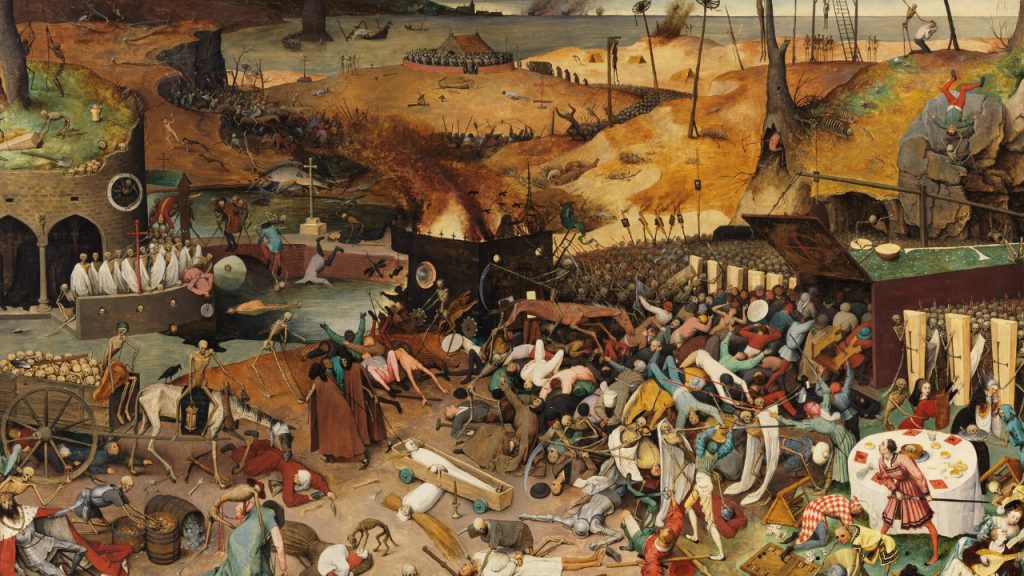The Black Plague, or Black Death, was one of the deadliest pandemics in history, and it’s hard to imagine just how terrifying it must have been. It tore through Europe in the 14th century, taking the lives of an estimated 25 to 50 million people. Even though this dark part of history can be unsettling to think about, there are important lessons it left behind about human resilience, disease, and how society responds in times of crisis. In fact, many of the changes that came after the plague have shaped the way we live today.
By looking back at what we learned from the Black Plague, I believe we can better face the challenges in our world right now.
Here are twelve lessons we can take away from this devastating time in history.
1. The Importance of Quarantine

The idea of quarantine, keeping the sick away from the healthy, was developed during the Black Plague. Italian cities like Venice established the practice by isolating arriving ships for 40 days before passengers could disembark. This helped limit the spread of disease and showed how isolating the infected could save lives. Modern quarantines during pandemics are built on this same principle.
2. Personal Hygiene Matters

While people didn’t understand germs in the 14th century, they began to notice patterns. Cities with poor sanitation and overcrowded homes saw higher death tolls. After the plague, there was an increased focus on cleanliness, which later contributed to the development of public health systems. Today, we know that good hygiene, like handwashing, can dramatically reduce the spread of illnesses.
3. The Flea Connection

At the time of the Black Plague, people didn’t know what caused the disease. Many believed it was divine punishment or “bad air.” In the centuries that followed, scientists discovered that the plague was actually spread by fleas carrying the bacteria Yersinia pestis, typically from rats. This taught us the importance of understanding disease transmission and the role animals can play in spreading illness.
4. The Value of Health Workers

During the Black Plague, physicians and “plague doctors” were on the front lines, often risking their own lives. While their treatments weren’t always effective, their courage and commitment inspired future generations of health workers. Today, we see the same bravery in healthcare professionals who continue to fight against modern diseases like COVID-19.
5. How Panic Can Make Things Worse

Fear of the Black Plague led to panic, which caused people to turn against each other. Entire communities were blamed and persecuted, including Jewish populations who were falsely accused of causing the plague. This highlights how fear, without proper understanding, can lead to dangerous behaviors. It reminds us to avoid scapegoating and focus on science when facing crises.
6. Economic Disruption Is Inevitable

The Black Plague killed off a huge part of the European workforce, leading to labor shortages and economic upheaval. However, this also resulted in some positive changes, like higher wages for surviving workers and more mobility for peasants. This economic shift is a reminder that major health crises often have long-lasting effects on economies, and adaptation is key.
7. The Rise of Public Health Systems

After the plague, people started to recognize the need for better systems to manage public health. Some of the first organized efforts to monitor diseases, control outbreaks, and promote sanitation came as a response to the Black Death. These early steps evolved into the public health infrastructure we rely on today to manage global pandemics.
8. Resilience in the Face of Disaster

Despite the enormous death toll, humanity survived the Black Plague. People adapted, rebuilt their societies, and eventually thrived again. This resilience teaches us that even in the face of unimaginable tragedy, we can find ways to recover and rebuild. It’s a hopeful reminder that even during tough times, there is light at the end of the tunnel.
9. Innovation in Times of Crisis

The Black Plague led to a wave of innovations. For example, it sped up the use of printing presses to distribute medical knowledge and led to architectural changes to improve sanitation. Similarly, modern crises often push societies to innovate and find new solutions to emerging problems, as we saw with the rapid development of vaccines in 2020.
10. The Need for Global Cooperation

Although the Black Plague primarily affected Europe, it spread through trade routes connecting different parts of the world. This showed how interconnected humanity is, and how diseases do not respect borders. In today’s globalized world, international cooperation is more important than ever in controlling pandemics and ensuring that countries work together to protect public health.
11. The Role of Belief in Times of Crisis

During the Black Plague, many turned to religion, believing that the disease was a form of divine punishment. Churches were filled with people seeking comfort and answers. At the same time, some religious figures used the crisis to gain power or influence. This period shows how religion, spirituality, or belief in something other than ourselves can both bring people together and create divisions during times of fear and uncertainty.
12. The Psychological Toll of Pandemics

The Black Plague didn’t just affect physical health—it also had a profound impact on mental health. Many people suffered from anxiety, grief, and a sense of hopelessness as they watched their loved ones die. The trauma of living through a pandemic left long-term emotional scars on survivors. This reminds us that mental health support is crucial during and after a health crisis, something that is increasingly recognized in modern times.
18 Everyday Things Amish Women Aren’t Allowed to Do

The Amish culture is known for its simple way of life and adherence to traditional values. While this lifestyle may seem appealing to some, there are certain restrictions that Amish women face that most modern women do not. Take a look at these things that we take for granted that are off-limits to Amish women.
Read More: 18 Everyday Things Amish Women Aren’t Allowed to Do
Ellen has been obsessed with logic puzzles, jigsaws, and cryptograms since she was a kid. After learning she was taught how to play chess wrong by a family friend (so they could win), she joined her school chess club and the rest is history.


